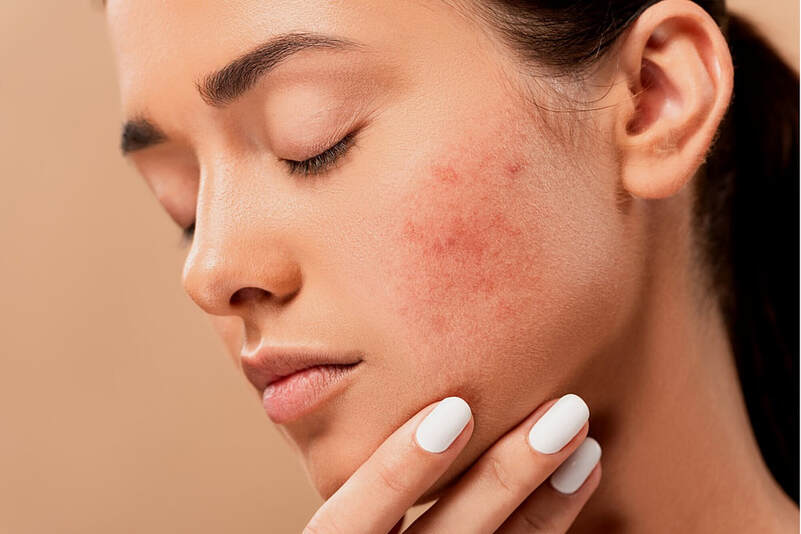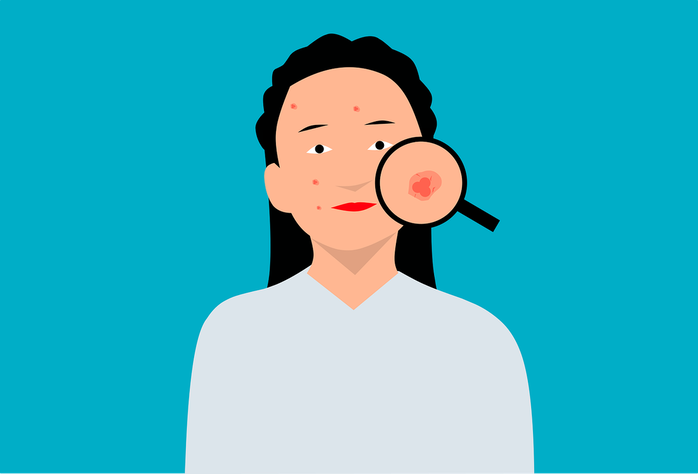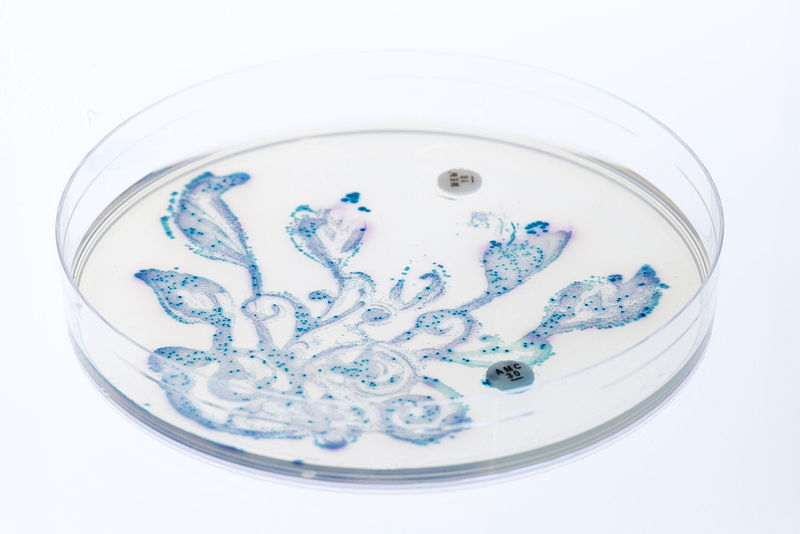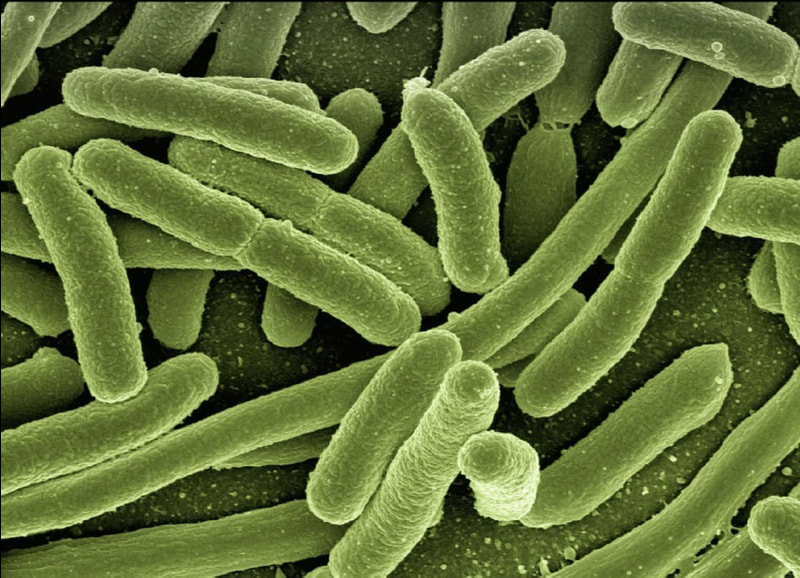How Your Diet Can Affect Acne
Acne is one of the most common inflammatory skin conditions. While acne can affect people of all ages and genders, it is more prevalent among teenagers and young adults. Acne is characterized by oil and dead skin cells clogging up the hair follicles underneath the skin which often causes painful pus-filled pimples, whiteheads, or blackheads. Although acne might seem less pressing of an issue compared to other chronic illnesses, due to its visibility, acne can even affect a person’s self-esteem as well as their overall social and emotional well-being.
Acne is believed to be a multifactorial disease, meaning a combination of different factors ranging from genetics to the environment may contribute to its development. One important factor is nutrition, and recent studies have raised questions about whether dietary behavior plays a role in the development of acne.
A study conducted in France revealed that specific dietary behavior is associated with adult acne. Participants either never had acne, used to have acne, or were dealing with acne at the time of the study. The individuals from all three groups recorded all the food and beverages they consumed throughout the day. Moreover, all participants answered questionnaires which served to minimize any confounding variables.
Acne is believed to be a multifactorial disease, meaning a combination of different factors ranging from genetics to the environment may contribute to its development. One important factor is nutrition, and recent studies have raised questions about whether dietary behavior plays a role in the development of acne.
A study conducted in France revealed that specific dietary behavior is associated with adult acne. Participants either never had acne, used to have acne, or were dealing with acne at the time of the study. The individuals from all three groups recorded all the food and beverages they consumed throughout the day. Moreover, all participants answered questionnaires which served to minimize any confounding variables.
Image Source: mohamed_hassan
Results revealed that adult participants with acne during the study consumed significantly more fatty and sugary products, milk, and other foods commonly associated with the Western diet. Compared to individuals who never had acne, those with acne were less likely to have a healthy dietary pattern. Conversely, participants with adult acne were more likely to have a diet that comprised milk, fatty and sugary products.
Something that fatty and sugar products have in common with milk is a high glycemic load which causes a rapid increase in blood glucose levels following consumption. In response to the upsurge of glucose, the body increases the levels of insulin and insulin-like growth factor-1 (IGF-1) to help regulate the concentration of glucose in the bloodstream. However, the presence of IGF-1, which normally stimulates cell growth, can inadvertently increase the production of androgens. In turn, this stimulates the sebaceous glands that produce sebum, or skin oil, leading to the development of acne. This association between glucose levels and acne was further confirmed when it was noted that individuals with Laron syndrome, who cannot produce IGF-1 to stimulate sebum production, also do not develop acne.
As supported by the data in the study, there seems to be a consistent correlation between one’s dietary patterns and acne. A diet comprising high glycemic index foods, especially fatty and sugary products, sugary beverages, and milk, exhibits a positive correlation to the development of acne in adults. Although a better diet cannot entirely prevent acne, gaining new awareness of how one’s diet can affect the development of this common chronic illness could be the first step towards implementing a more mindful and healthy lifestyle.
Something that fatty and sugar products have in common with milk is a high glycemic load which causes a rapid increase in blood glucose levels following consumption. In response to the upsurge of glucose, the body increases the levels of insulin and insulin-like growth factor-1 (IGF-1) to help regulate the concentration of glucose in the bloodstream. However, the presence of IGF-1, which normally stimulates cell growth, can inadvertently increase the production of androgens. In turn, this stimulates the sebaceous glands that produce sebum, or skin oil, leading to the development of acne. This association between glucose levels and acne was further confirmed when it was noted that individuals with Laron syndrome, who cannot produce IGF-1 to stimulate sebum production, also do not develop acne.
As supported by the data in the study, there seems to be a consistent correlation between one’s dietary patterns and acne. A diet comprising high glycemic index foods, especially fatty and sugary products, sugary beverages, and milk, exhibits a positive correlation to the development of acne in adults. Although a better diet cannot entirely prevent acne, gaining new awareness of how one’s diet can affect the development of this common chronic illness could be the first step towards implementing a more mindful and healthy lifestyle.
Featured Image Source: jmexclusives
RELATED ARTICLES
|
Vertical Divider
|
Vertical Divider
|
Vertical Divider
|






